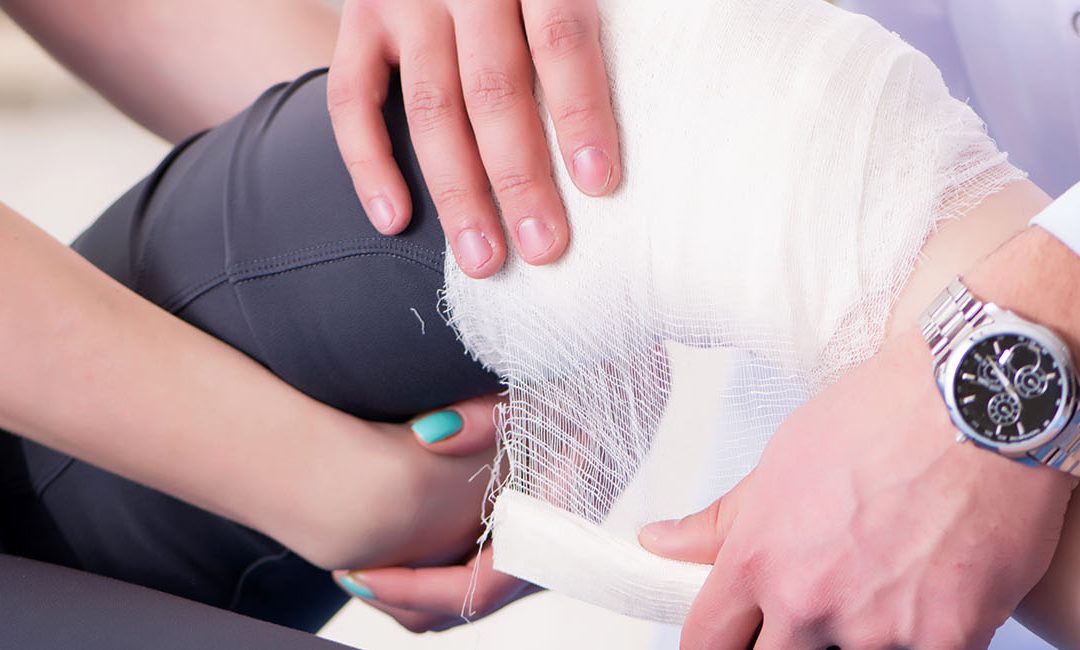The knee joint is one of the largest in the body, comprising of three bones – femur, tibia and the kneecap (patella). The kneecap fits into a groove like cavity in front of the femur called the trochlea. All these bones have a protective tissue lining around their surface to reduce friction between them. The quadriceps tendon that lies near the patella connects the quadriceps muscle to the tibia. In normal joints, the patella is placed in the center of the trochlea but in some people it is pulled to one side of the groove and does not slide within the cavity as the leg moves. This is known as Patellar Subluxation or Kneecap Instability.
The condition is caused due to the following reasons:
- The trochlea groove is inherently narrow or shallow and the kneecap bone is unable to fit into it
- The pelvis is broader than normal
- Abnormal gait stresses the knee joint and the patella tends to shift from its normal position
- A fall on the knee may damage the knee cap alignment
- A direct hit to the joint Vehicular accidents
Symptoms
- Discomfort while moving the joint
- Patellofemoral Pain Syndrome – pain on the sides of the knee during movement
- Inability to bear bodyweight
- The knee buckles when the patient tries to move or stand
- A feeling of locking or catching Stiffness
- A popping or cracking sound is heard or felt when the knee moves Inflammation around the joint
Diagnosis
- Thorough clinical examination of the affected joint to assess the severity of the condition
- X-ray imaging to check if the patella has been dislocated
- Analysis of the patient’s symptoms, medical history, gait etc.
- MRI or CT scan to check for tendon or cartilage damage
Treatment
- The orthopedic doctor may suggest certain exercises to strengthen the quadriceps, hip abductors and hamstring muscles
- Bracing may be used to keep the joint stable and provide relief from the symptoms
- Taping may provide support to the joint while moving
- The patient may be recommended to wear special footwear that supports the legs and improve the gait
- Manual reduction of the patella may be done
- Recurrent incidences of dislocations need to be treated with arthroscopic surgery
- Physical therapy may be recommended to improve functionality and enable the person to return back to his/her normal activities
- Surgery may help to release the pressure from the tight tendons or ligaments that may be pulling the kneecap out of its place
For comprehensive treatment of Kneecap Instability, consult the physicians at OrthoTexas. To request an appointment, call us at 972-492-1334 .


